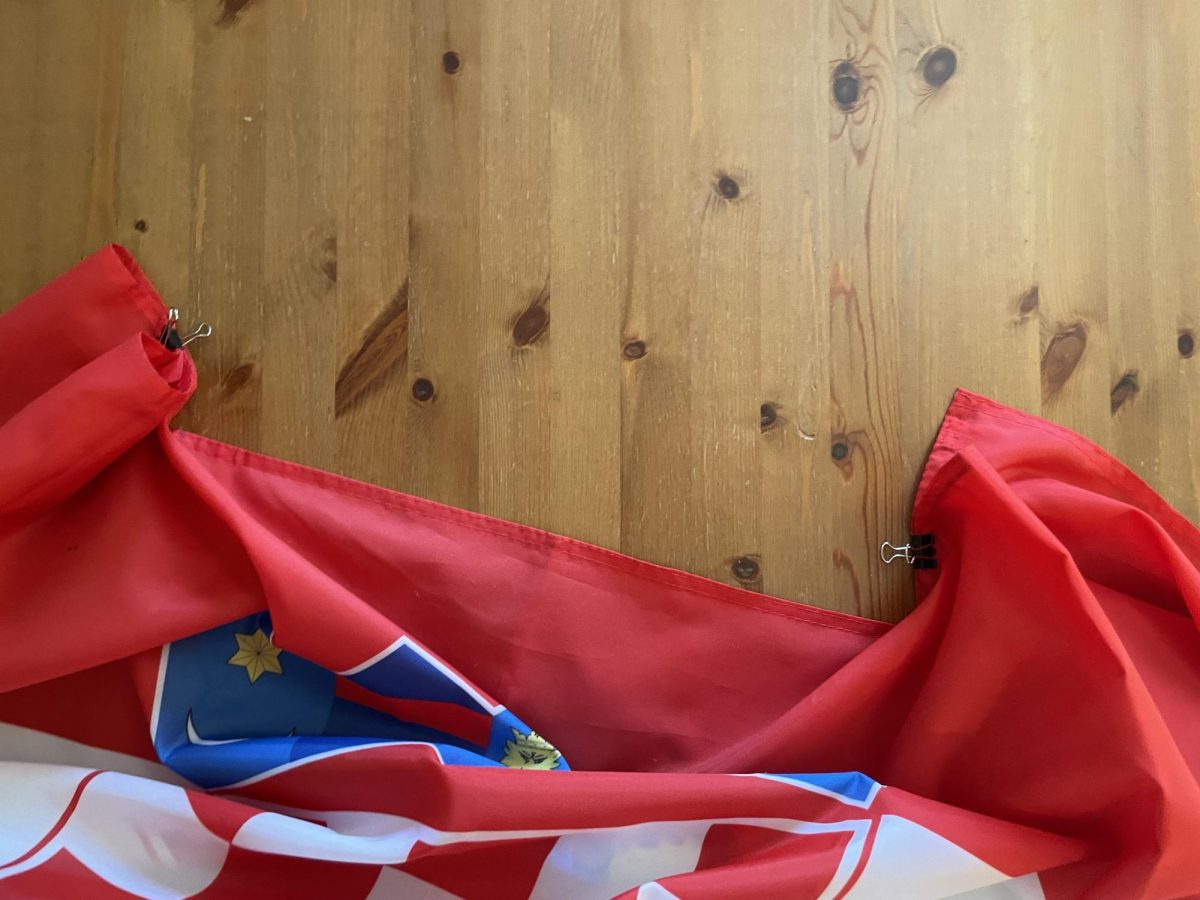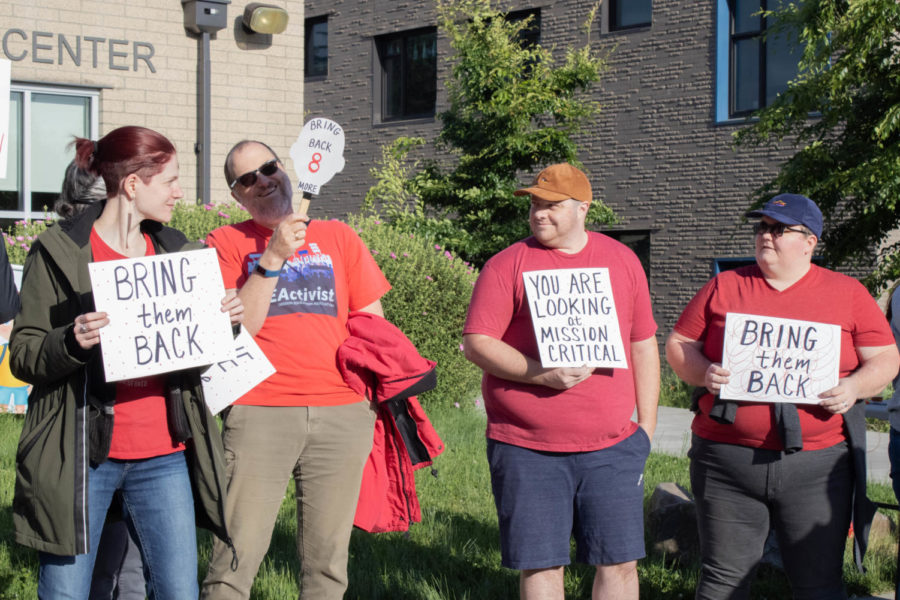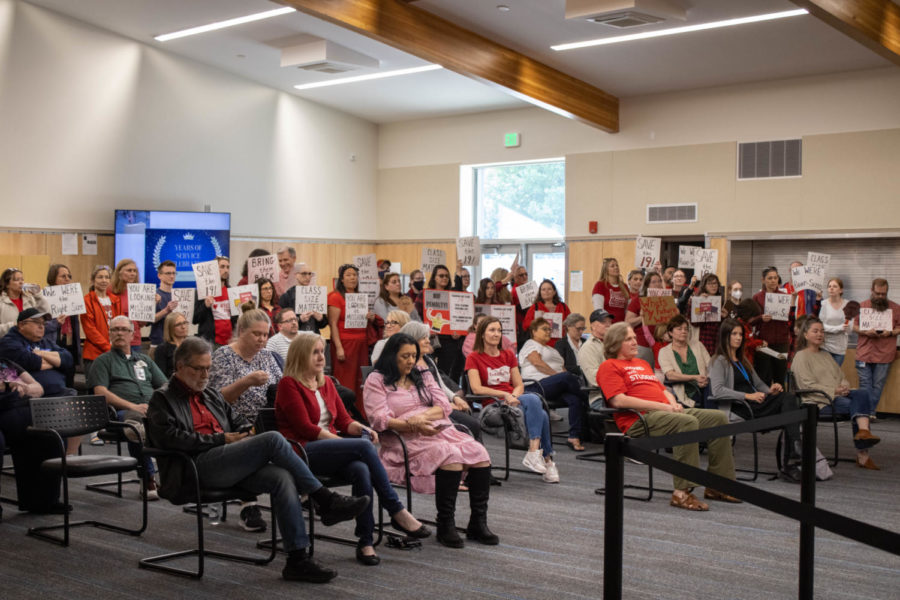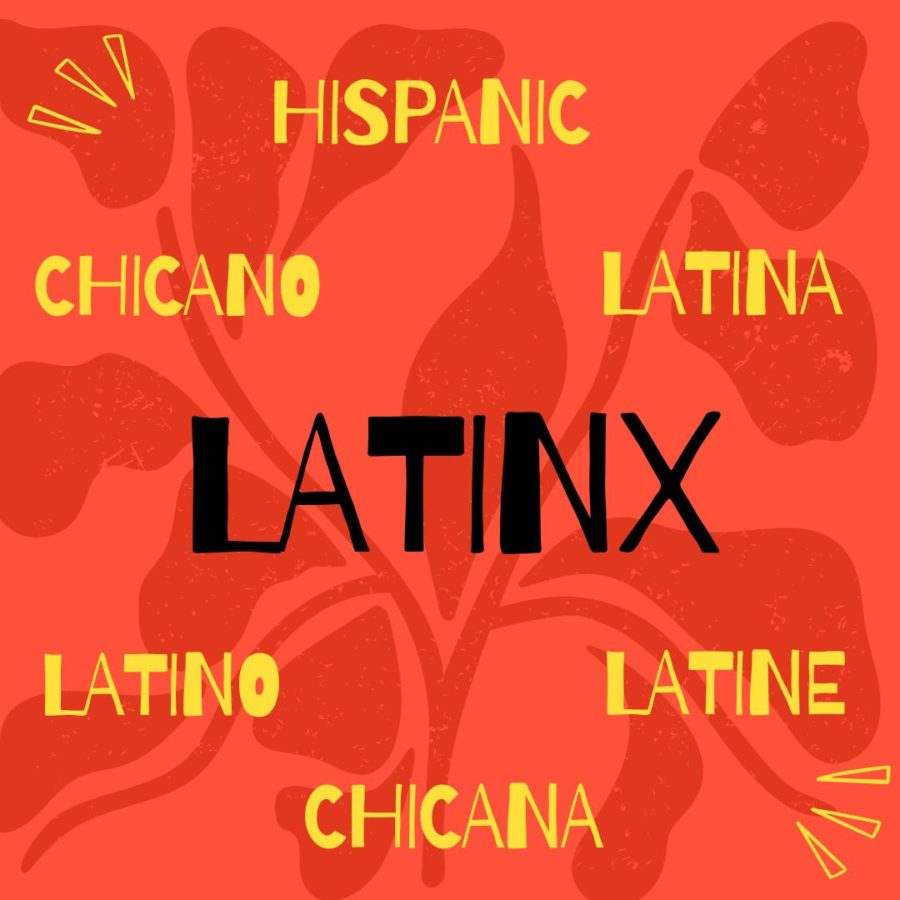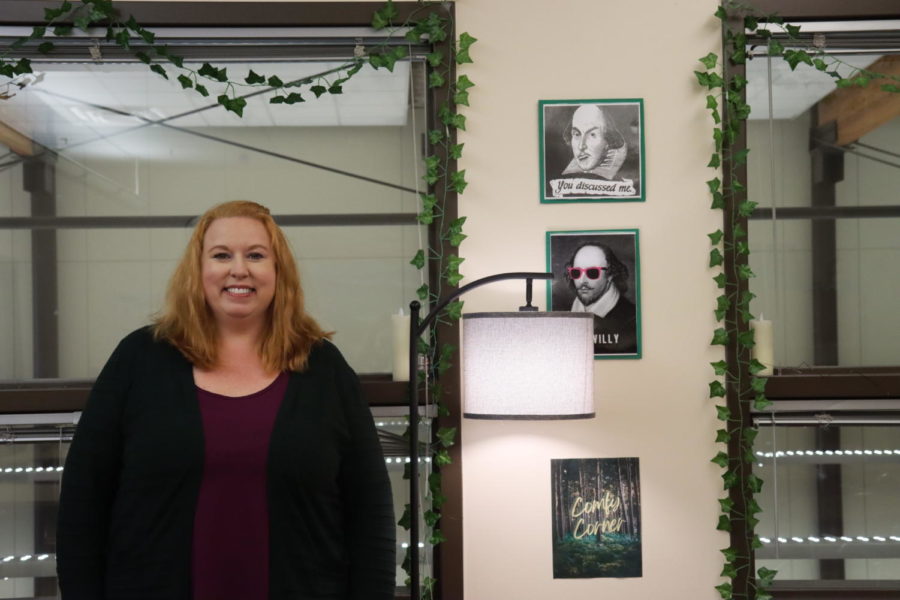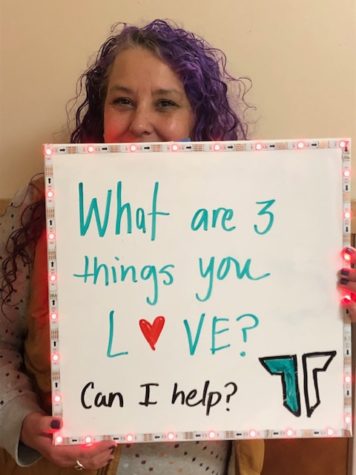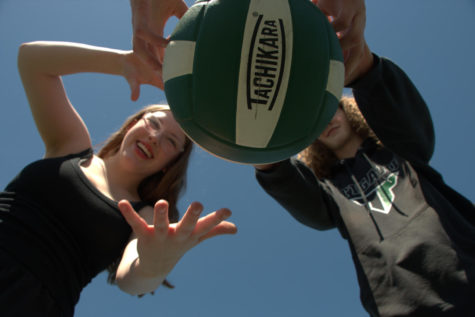December is about more than just Christmas
December 26, 2022
As the days grow shorter and the winter solstice grows closer, many students at Tigard begin to celebrate the holidays. Of course, we’re all familiar with the elaborate images of Christmas that are presented throughout the media during the winter, but there are so many more holidays celebrated during this season.
Right toward the beginning of December, a separate Christian holiday is celebrated: St. Nicholas Day. Popular among German Lutherans and European Catholics, St. Nicholas Day celebrates St. Nicholas, an early Christian Bishop. St. Nicholas was known for providing many townspeople with help, whether it was donating money to a father in need or restoring dismembered children (yes, actual dismembered children). He would later become the inspiration behind Christmas’ “Santa Claus”.
The night before, children will leave out most traditionally their shoes for St. Nicholas, and overnight he will pay a visit to fill them with trinkets and toys. This is Junior Sebestian Kuzara’s favorite part of the day.
“My favorite part of the holiday is the little things that get added on each year,” Kuzara said. “My parents didn’t always get us chocolate oranges but I got really excited once I saw them a few times back and now my parents get it for us every year.”
St. Nicholas Day is one of the more unknown holiday celebrations in the U.S, as it is mainly celebrated in European countries. This is something that Kuzara would like to see change.
“I think it would just be cool for people to know about the holiday in general,” Kuzara said. “Personally I’ve never met anyone else that celebrates it or even knows what it’s about.”
St. Nicholas Day fell on Tuesday, December 6 this year.
Shortly after St. Nicholas Day follows an eight day long celebration: Hanukkah. Having been celebrated for over 2000 years, Hanukkah is a Jewish holiday that represents an important part of their history.
“[Hanukkah] commemorates the rededication during the second century B.C. of the Second Temple in Jerusalem, where according to legend Jews had risen up against their Greek-Syrian oppressors in the Maccabean Revolt,” History.com stated in their article “Hanukkah”.
Sometimes called the Festival of Lights, the holiday revolves around the rekindling of the nine branch menorah that is traditionally displayed during this holiday.
The menorah is a significant part of the holiday as it connects back to the fateful day that inspired it over 2000 years ago. After successfully driving the Syrians who had banned the practice of Judaism out of Jerusalem. Judah Maccabee called upon his followers to cleanse and relight the Second Temple, a holy building that had been taken over by the Kind of Syrians soldiers.
“According to the Talmud, one of Judaism’s most central texts, Judah Maccabee and the other Jews who took part in the rededication of the Second Temple witnessed what they believed to be a miracle,” recounted an article by History.com on the event. “Even though there was only enough untainted olive oil to keep the menorah’s candles burning for a single day, the flames continued flickering for eight nights, leaving them time to find a fresh supply.”
Now, on each night of Hanukkah, a candle is added to the menorah after sundown. The menorah is then typically placed in a window to remind others of the miracle that occurred on the holiday.
While the holiday has been around for thousands of years, our community still only knows so little about it. When asked to share something that not everyone knew about the holiday, president of the Jewish Student Union Grace Schroeder said this:
“I guess I should say that Hanukkah is not ‘Jewish Christmas’ and that it’s it’s own unique holiday that’s been celebrated for centuries. It’s incredibly important to the Jewish Community. It’s not all about lighting a menorah or spinning a dreidel, it’s about celebrating the resilience and survival of the Jewish people for decades. It’s very different from Christmas. Though they’re celebrated in the same spaces, like during the same time frame, they’re completely different holidays with completely different meanings.”
Typical Hanukkah celebrations include singing traditional songs, spinning the dreidel, and enjoying meals together. Some foods that are included are latkes (potato pancakes) and sufganiyot (jam filled donuts).
“The best memory that I have of this holiday is [when] I got to turn my grandpa into a human dreidel,” Schroeder shared. “We put all the Hebrew language around it and then all of my siblings and I, and all my friends and family members, we just took turns spinning him in like a swivel chair and it was just such a fun experience and just a good way to celebrate the holiday.”
As Christmas is one of the most popular holidays celebrated in the U.S, it often outshines other holidays. However, Schroeder has ideas of how Tigard can represent Hanukkah more.
“I think it would be cool to see maybe menorahs put around the school or just kind of have more representation of you know Jewish imagery Hanukkah,” Schroeder said. “Having maybe dreidels out in classes and stuff like that, or just having Jewish related imagery in classrooms, or even just having small discussions about it and that could be as little as saying happy holidays instead of just ‘Merry Christmas’, or as little [as] just doing research as to what Hanukkah is and how it’s important to our community members. I really think that starts with representation and conversations and [those go] a long way.”
Hanukkah will start December 18 and end on December 26.
Starting right after Hanukkah is Kwanzaa, a holiday that celebrates African American culture and heritage. The one week long celebration began in 1966 after being created by Dr. Maulana Karenga, a professor of Africana Studies. Kwanzaa was created as a way to bring African Americans together as a community.
One large tradition that takes place during Kwanzaa is the lighting of the Kinara, a candle holder that holds the seven candles which represent the Seven Principles. One candle is lit each night by a child and afterwards families will come together to discuss one of the Seven Principles. People will also partake in traditional songs and dances, story-telling, and poetry reading. A large meal is also held on December 31.
Though there are many people in the community who celebrate Kwanzaa, at the time of publishing we were not able to secure an interview with a celebrator.
Kwanzaa will begin December 26 and end January 1.
One holiday that occurs during the month of January is Lunar New Year, a traditional East and Southeast Asian holiday. Known as the Spring Festival, Lunar New year is a festival that marks the beginning of the New Year according to the lunisolar and solar Chinese calendar.
According to an article on Lunar New Year by History.com, the holiday marks just more than the beginning of the New Year.
“The holiday began as a time for feasting and to honor household and heavenly deities, as well as ancestors.”
In preparation for the New Year, homes are cleaned out thoroughly to remove any unlucky spirits that might have collected over the year from the house.
Traditionally, families will come together to celebrate the new year. This moment is Asian Student Union’s Vice President, Nathan Tran’s, favorite moment.
“[My favorite part of this holiday is] definitely meeting up with family to celebrate Lunar New Year as I get to catch up with them!” Tran said. “Of course I also love all the delicious food everyone brings and money that is given as a sign of good luck and health.”
Along with food and the traditional handing out of money, there are also rituals held to offer food and paper icons to the family’s ancestors. However, there’s one more tradition that stands out to Tran.
“Apart from all the money I gained just with this one day, I remember one memory where my family would give little firecrackers and other firework-like contraptions to throw or play with along the street of my aunt’s house,” shared Tran. “Me, being the not-so-brightest child, I threw a firecracker on the hood of one of the cars parked in the driveway and my uncle had to grab it before it exploded. I laugh at it now, but little me was terrified of that firecracker, you could not blame him for tossing it blindly.”
Traditionally, the meals are prepared with glutinous rice to represent togetherness. Other foods represent prosperity, good luck, and abundance.
As to how they would like to see Lunar New Year represented more at Tigard, Tran said this:
“I hope this holiday is represented within Tigard with respect to a different culture and with enjoyment as it is a holiday that has brought me many fond memories. This holiday can be celebrated by anyone and I encourage others to participate in festivals about it!”
Lunar New Year will fall on January 22 of 2023.
If you are interested in learning more about certain religious and cultural celebrations or even in partaking in some events, turn to your affinity groups.
“We’re 100% behind our affinity groups and students in general hosting cultural celebrations, and we would absolutely encourage all of our students to support those events if those groups want these to be inclusive celebrations!” equity coordinator Robert Parness said. “We want students to feel empowered to plan, promote, and host these kinds of events and we can just provide logistical support as the school by allowing for spaces in the building, times for events, promoting on Tigard Today etc.”
While only a few holidays were listed, we encourage you to research the others that are occurring this winter and from all of us at The Paw, we wish you a Happy Holidays!


